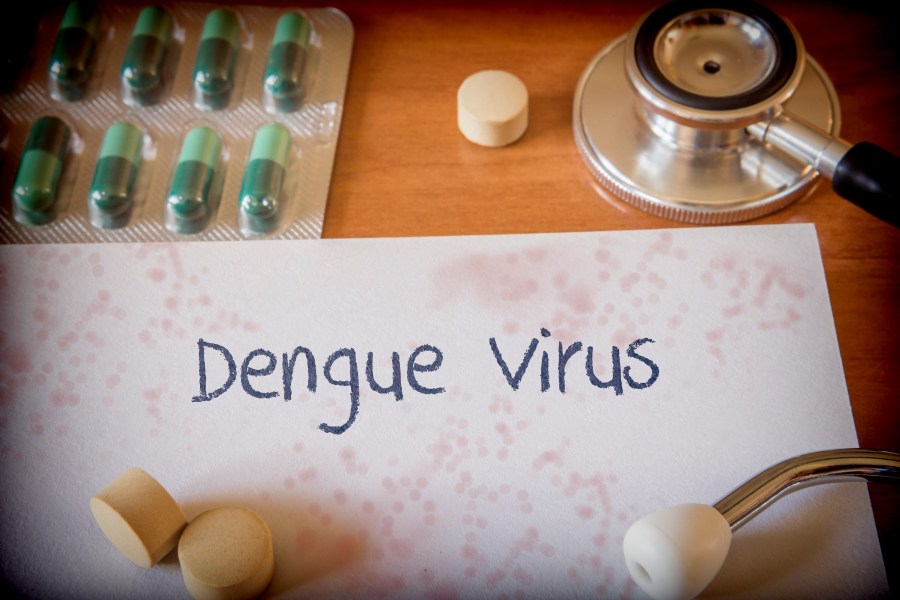HONOLULU (KHON2) — Hawai‘i health officials confirmed the state’s 11th dengue case of the year, and it’s linked to travel outside the islands.
The newest case is on Oʻahu, where 10 of the state’s infections have been reported in 2025. One case was confirmed on Maui.
The Department of Health said the individual was exposed in a region where dengue is commonly found. The disease is not established in Hawai‘i, but mosquitoes that can carry the virus live in the state.
DOH teams are inspecting the affected area and doing mosquito control work to limit the risk of local spread. The public is encouraged to remove standing water around homes and use repellent.
Where dengue is spreading
Dengue virus is spread when a mosquito bites an infected person, then bites someone else. The virus is common in tropical and subtropical regions, including parts of Asia, Central and South America, the Caribbean, the Middle East, Africa and the Pacific.
Several United States territories like American Sāmoa and Puerto Rico are affected, In addition, countries like the Federated States of Micronesia, the Republic of the Marshall Islands and the Republic of Palau are also affected. Puerto Rico’s dengue outbreak declaration will remain in effect through December 2025.
American Sāmoa declared a dengue outbreak on July 7. Outbreaks reported in 2024 have continued into 2025. The Philippines has seen a 56% rise in dengue cases compared to this time last year.
Travelers at risk
People returning from dengue-affected areas need to avoid mosquito bites for three weeks. Symptoms may begin up to two weeks after you’re bitten. These include fever, rash, vomiting, nausea and body aches, with most cases lasting up to a week.
DOH asked healthcare providers and individuals to report suspected infections by calling (808) 586-4586.
You can click here and here for more information from the DOH.
How to prevent mosquito bites
Travelers need to wear long-sleeved clothing, stay in screened or air-conditioned rooms and use EPA-approved insect repellent.
At home, dumping small amounts of standing water can help reduce mosquito breeding. Common sites include cups, buckets, planters and water-catching plants.
